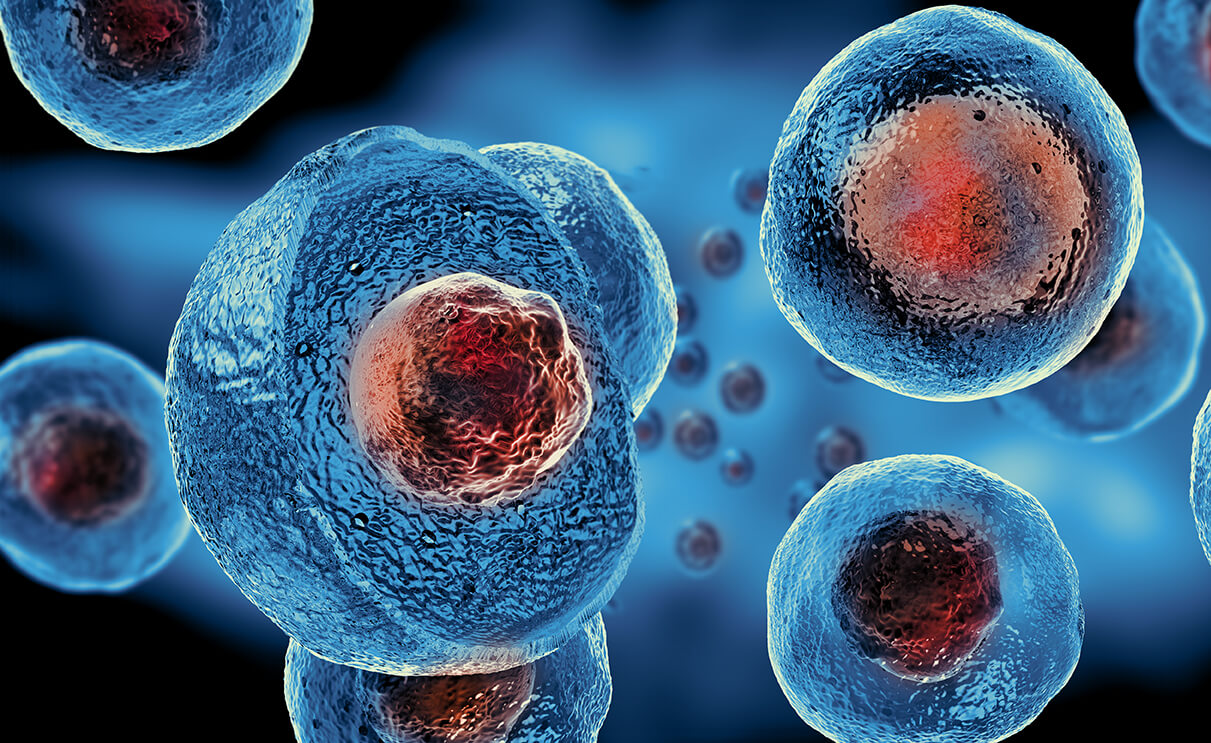In recent years, the medical field has witnessed a remarkable transformation with the emergence of Regenerative Medicine. This groundbreaking approach has ushered in a new era of disease treatment, offering promising solutions for previously deemed untreatable conditions. From chronic injuries to degenerative disorders, Regenerative Medicine holds the potential to revolutionize healthcare and provide new avenues of hope for patients worldwide.
The Rise of Regenerative Medicine
Regenerative Medicine is a cutting-edge field that harnesses the body’s regenerative capabilities to promote healing and tissue repair. This approach goes beyond traditional treatments that merely alleviate symptoms. Instead, it aims to address the root causes of diseases and injuries, facilitating the regeneration of damaged tissues and organs.
Advancements in Stem Cell Therapy
Stem cell therapy is a cornerstone of Regenerative Medicine. Stem cells can differentiate into various cell types, making them invaluable for repairing damaged tissues. From bone marrow transplants to induced pluripotent stem cells (iPSCs), researchers have unlocked the potential of these versatile cells to treat conditions such as spinal cord injuries, heart diseases, and even neurological disorders like Parkinson’s.
Targeting Genetic Disorders through Gene Therapy
Gene therapy is another groundbreaking aspect of Regenerative Medicine. By introducing healthy genes into a patient’s cells, scientists can correct genetic mutations that cause diseases. This approach holds immense promise for treating inherited disorders like cystic fibrosis, sickle cell anemia, and muscular dystrophy. Gene editing techniques like CRISPR-Cas9 offer precise tools to edit and replace faulty genes as technology advances.
Revolutionizing Organ Transplants with Tissue Engineering
The shortage of donor organs has led to a crisis in organ transplantation. However, Regenerative Medicine offers a solution through tissue engineering. Scientists are developing techniques to create functional organs using a patient’s cells or bio-compatible materials. This could eliminate the need for donor lists and reduce the risk of organ rejection.
Enhancing Wound Healing and Trauma Recovery
Chronic wounds and severe trauma often pose significant challenges in conventional medicine. Regenerative therapies, including growth factors, stem cells, and biomaterials, have shown remarkable potential in promoting faster wound healing and tissue regeneration. These advancements could improve the quality of life for patients suffering from diabetic ulcers, burns, and severe injuries.
Personalized Medicine and Customized Treatments
Regenerative Medicine enables personalized treatment approaches tailored to each patient’s genetic makeup. This level of customization increases treatment efficacy and reduces the risk of adverse reactions. Doctors can choose the most suitable regenerative therapies by analyzing a patient’s genetic profile, ensuring better outcomes.
LSI Keyword: “Regenerative Medicine Applications”
Unlocking Neurological Healing
Once considered irreversible, neurological disorders now have newfound hope through Regenerative Medicine. Stem cell-based therapies can potentially repair damaged brain tissue and restore lost neurological functions. Conditions such as stroke, traumatic brain injuries, and spinal cord injuries are targeted with innovative treatments.
Healing Degenerative Joint Diseases
Arthritis and other degenerative joint diseases affect millions of people worldwide. Regenerative Medicine offers alternatives to traditional pain management by focusing on healing damaged joint tissues. Stem cell injections and tissue engineering techniques aim to regenerate cartilage, potentially delaying or even avoiding the need for joint replacement surgeries.

Restoring Sight through Retinal Regeneration
Vision loss caused by retinal degeneration has been a significant challenge. However, scientists are making strides in retinal regeneration through stem cell therapies and gene editing. These treatments aim to restore damaged retinal cells and provide new opportunities for individuals suffering from macular degeneration and retinitis pigmentosa.
Promoting Cardiac Regeneration
Heart diseases remain a leading cause of death globally. Regenerative Medicine offers innovative solutions to repair damaged heart tissues and restore cardiac function. Stem cell therapies, tissue engineering, and gene editing techniques are being explored to treat conditions like myocardial infarction and heart failure.
Overcoming Lung Diseases
Lung diseases such as chronic obstructive pulmonary disease (COPD) and pulmonary fibrosis can severely impact a person’s quality of life. Regenerative approaches seek to repair lung tissue damage and improve respiratory function. Stem cell therapies and tissue engineering hold promise for treating these conditions and reducing their debilitating effects.
Addressing Liver Damage and Disease
Liver diseases, including cirrhosis and hepatitis, present significant challenges in traditional medicine. Regenerative therapies are being developed to repair damaged liver tissue and restore its vital functions. Stem cells and liver tissue engineering offer potential treatments to alleviate chronic liver conditions’ burden.

